Keyboard filter
The keyboard filter is a possibility to protect the system from undesirable access. For example, a shortcut that leads to the closing of an application can be blocked. Only keyboard inputs required for the operation of the application are enabled. In addition, shortcuts can be specified that disable the keyboard filter. The option that disables the filter for the administrator is also helpful.
Keyboard filters offer a further option to limit a user in his dealing with the operating system and thus to minimize attack possibilities.
Typically, a "kiosk mode" is configured in which, for example, a successfully logged-in user can only start an HMI application. The user has no further possibility to start other programs or to send commands to the IPC, such as shutdown, for example.
Windows 10 provides a service for this purpose. Here, we describe how this is activated and how it can be configured.
First turn on the built-in Windows 10 feature to use the service. To do this, open the dialog Turn Windows features on or off and select the feature Keyboard Filter under the menu item Device Lockdown. Then restart the PC.
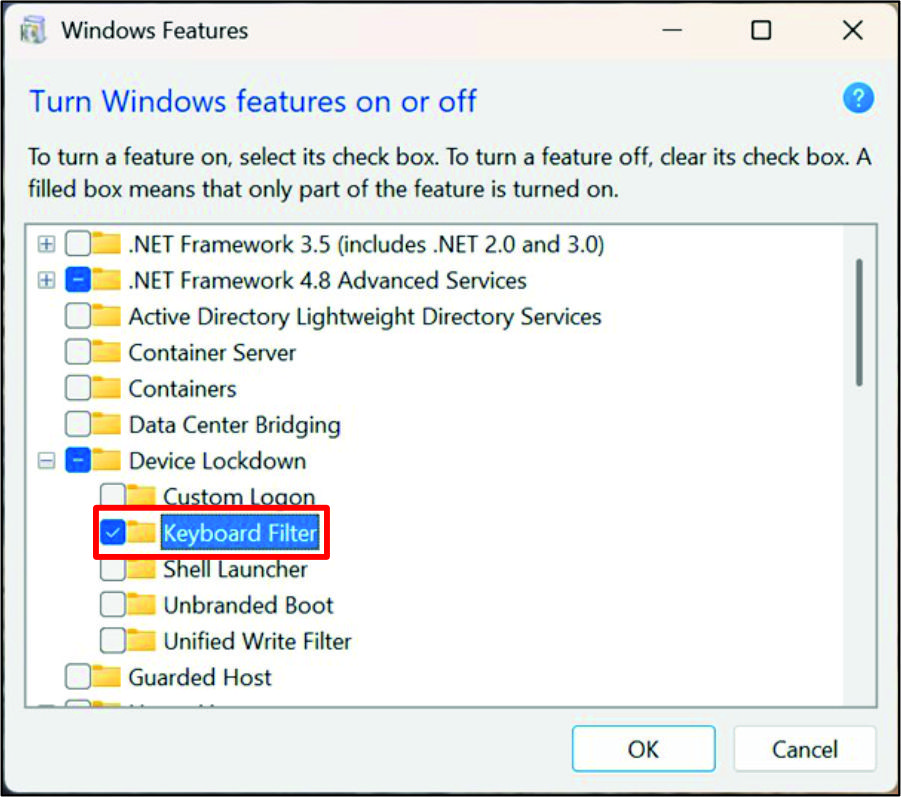
- 1. Start the Microsoft Keyboard Filter service.
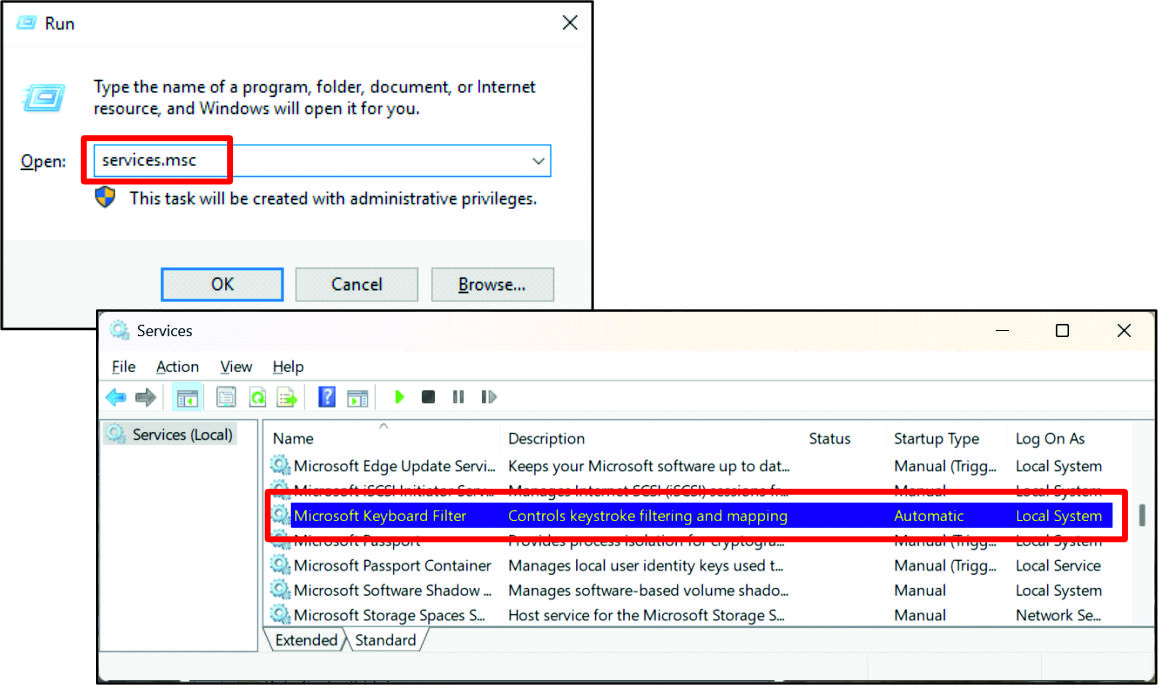
- 2. Set the startup type to automatic:
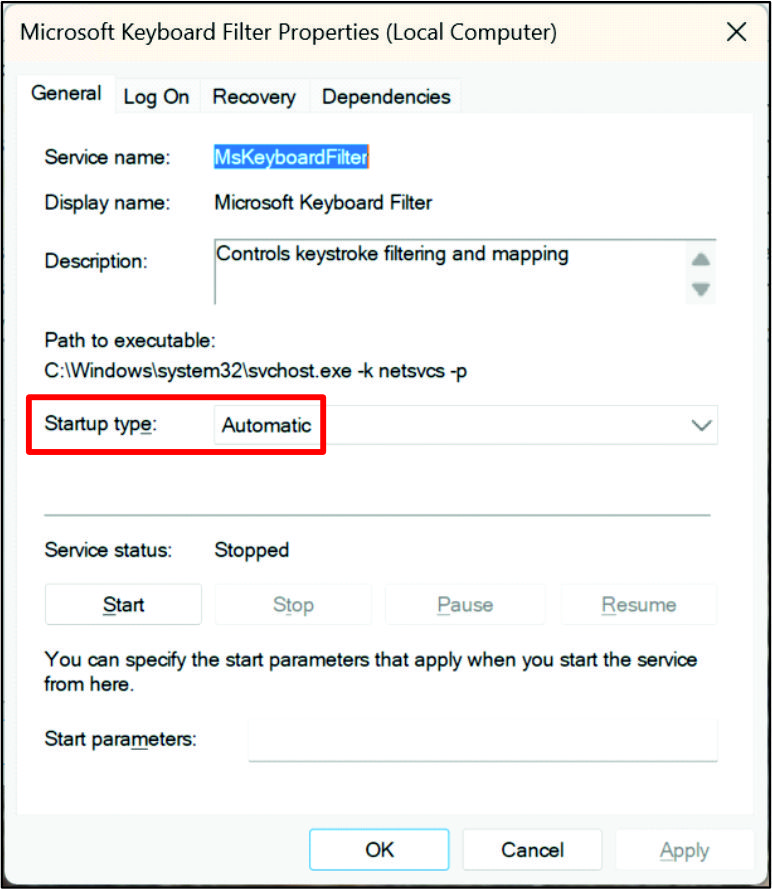
- 3. Open the Registry Editor
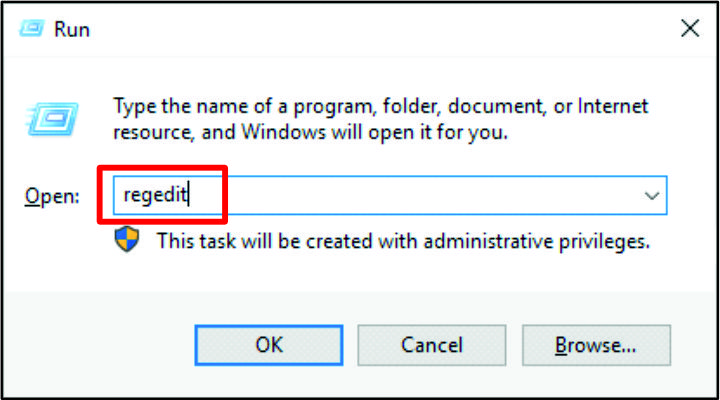
- 4. Navigate to KeyboardFilter: HKEY_LOCAL_MACHINE>SOFTWARE>Microsoft>Windows Embedded
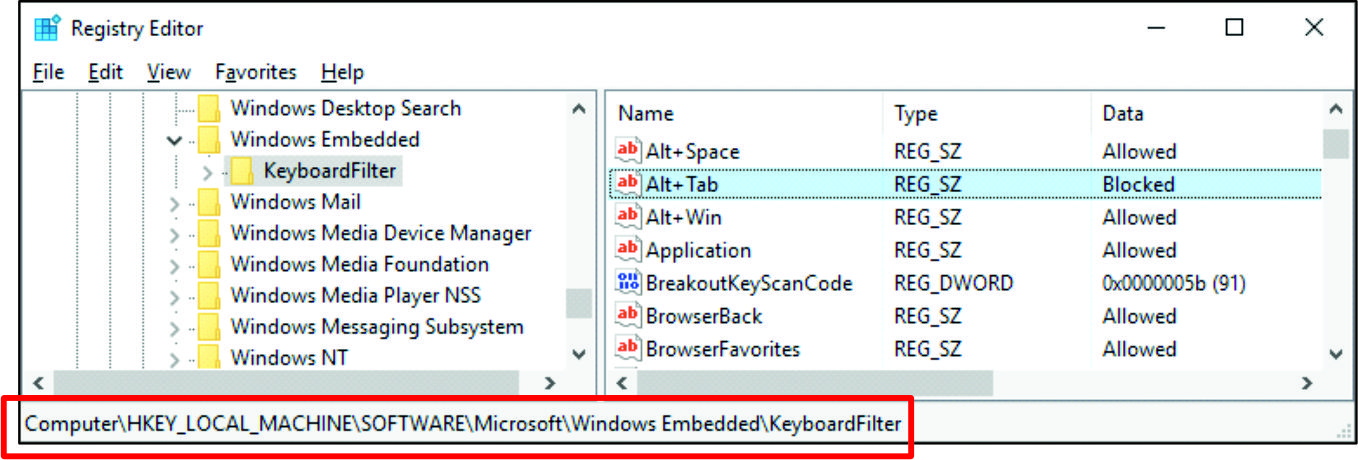
- 5. Both values and commonly used shortcuts are listed in the tables below.
- The keyboard filter is now activated.
The following values stand for the individual shortcuts:
Value | Description |
|---|---|
"Allowed" | Allow shortcut |
"Blocked" | Block shortcut |
DisableKeyboardFilterForAdministrator to "1" | Keyboard filter is disabled for administrators |
BreakoutKeyScanCode to „01“ | Scancode for ESC as Breakout |
The following shortcuts are usually blocked:
Value | Description |
|---|---|
CTRL-SHIFT-ESC | Open task manager |
CTRL-ALT-DEL | Open menu with the following options: Lock system Open task manager Change password Shutdown system Switch user |
Further information can be found in the Microsoft documentation: https://docs.microsoft.com/en-us/windows-hardware/customize/enterprise/keyboardfilter